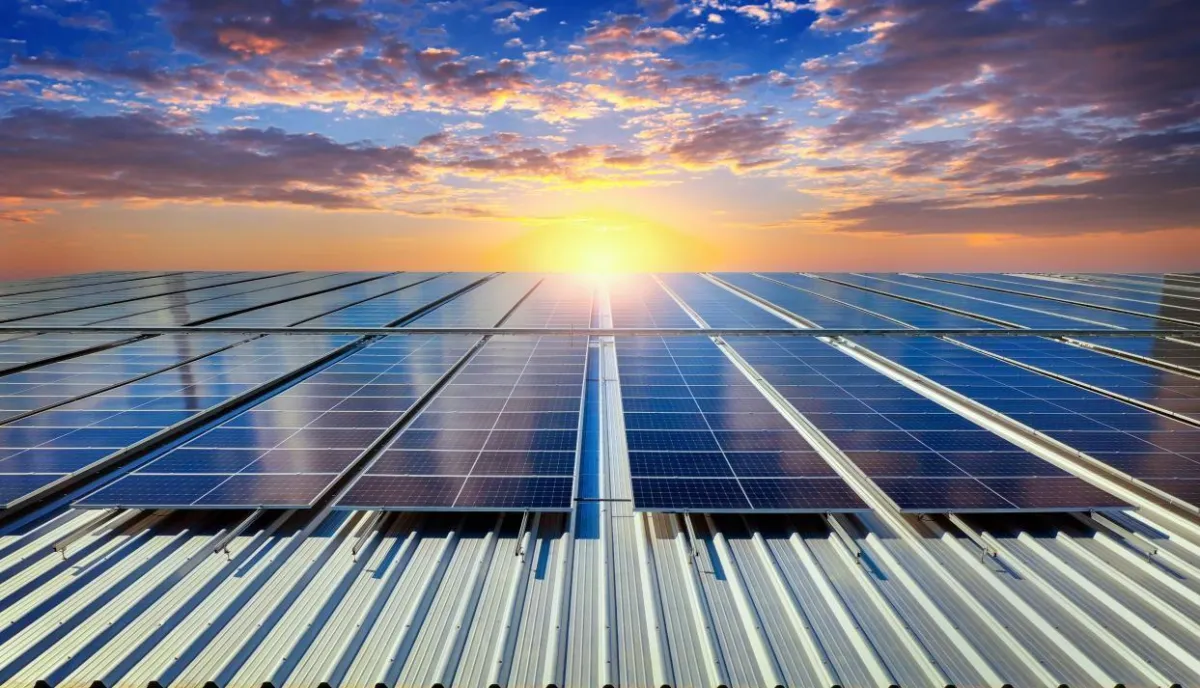
Future of Solar Technology
The future of solar technology holds immense potential, with innovations emerging today set to shape the energy landscape of tomorrow. At Ramselec Solar, this transformation is viewed as a defining step toward a more sustainable future. As the world embraces clean power, solar advancements are becoming smarter, more efficient, and surprisingly accessible. This article dives into the key developments shaping solar energy and how these will transform both homes and businesses across Australia.
Table of Contents
The Future of Solar Technology
Insights into Upcoming Advancements in Solar Energy Technology
2. Solar Skins and Transparent Panels
3. AI and Predictive Monitoring
5. Solar-Integrated Infrastructure
Why Australia Is Positioned for Solar Innovation
Key Takeaways
Solar panels are becoming thinner, lighter, and more efficient.
Energy storage is evolving with AI and smart grid tech.
Solar-integrated infrastructure is redefining how cities use energy.
Floating solar farms and perovskite cells lead global innovations.
Australia’s climate and energy needs create ideal conditions for widespread solar adoption.
The Future of Solar Technology
Solar energy is no longer just about panels on rooftops. It is becoming a dynamic ecosystem combining storage, artificial intelligence, architectural integration, and environmental synergy. Driven by the urgency of climate action and global net-zero goals, solar power has transitioned from an alternative source to a primary solution for modern energy demands.
By 2028, solar PV is expected to contribute close to 60% of new renewable energy capacity worldwide. This momentum is fueled by declining costs, supportive policies, and growing interest in sustainable energy.
In Australia, favorable climate conditions, energy regulations, and well-developed infrastructure position the country as a leader in this transformation. With advanced system designs and efficient installations, solar power continues to be both a sustainable and essential choice across residential and commercial sectors.
Insights into Upcoming Advancements in Solar Energy Technology
Emerging technologies in solar are no longer limited to small improvements. These innovations represent pivotal advancements poised to redefine how energy is generated, stored, and consumed, shaping the global energy framework for decades to come.
1. Perovskite Solar Cells
Perovskite materials are gaining recognition as a transformative force in solar energy. These compounds provide a lightweight, flexible alternative to traditional silicon, enabling easier installation and integration across various surfaces. With efficiency levels projected to surpass 30%, perovskite cells are setting new industry benchmarks. Relatively low manufacturing costs and strong potential for mass production position this technology as a compelling candidate to drive the next generation of high-performance, cost-effective solar panels.
2. Solar Skins and Transparent Panels
Design and functionality are converging in the latest solar innovations. Solar skins, engineered to replicate the appearance of roof tiles or branding elements, allow photovoltaic technology to blend seamlessly into building exteriors. Additionally, transparent solar panels are being developed to generate power without obstructing natural light, perfect for integration into windows, facades, and even vehicles. These technologies are particularly valuable in dense urban environments where space is limited and architectural aesthetics matter.
3. AI and Predictive Monitoring
Artificial intelligence is becoming a key driver in the evolution of modern solar energy systems. Machine learning algorithms now assist in optimising energy output by dynamically adjusting panel angles, predicting shading patterns, and responding to real-time weather data. Predictive monitoring capabilities help identify system faults before performance is impacted, reducing maintenance costs and downtime. These features are especially beneficial for commercial-scale operations that require consistent, high-output performance.
4. Floating Solar Farms
Innovative use of space has led to the rise of floating solar installations. These systems, deployed on lakes, reservoirs, and water treatment ponds, are designed to address land scarcity and improve panel efficiency through natural cooling provided by the water surface. Floating solar also reduces evaporation from water bodies, offering dual environmental benefits. As energy demand grows and available land becomes more valuable, this solution is gaining global momentum and is particularly suited to remote or off-grid applications.
5. Solar-Integrated Infrastructure
Future infrastructure is being designed with solar energy embedded into its core. Roads, sidewalks, and parking surfaces are now being equipped with photovoltaic materials, allowing public spaces to generate electricity without additional land use. This trend extends to building materials such as solar roof tiles and energy-generating windows. When paired with electric vehicle (EV) charging systems, these installations contribute to a decentralised, smart city model where power generation and consumption occur seamlessly within the urban fabric.
Why Australia Is Positioned for Solar Innovation
With consistently high solar radiation, Australia stands among the most optimal locations globally for efficient solar energy production. Combined with rising electricity prices and government support through incentive programs, solar adoption continues to accelerate.
More than 3.6 million rooftop systems have been installed nationwide, as noted by the Clean Energy Regulator. National initiatives include virtual power plants, large-scale solar farms, and grid-interactive battery systems that stabilise energy supply while enhancing sustainability.
Whether for residential, commercial, or industrial properties, properly tailored solar systems ensure compliance, energy efficiency, and long-term value.
Environmental and Economic Benefits
Every kilowatt-hour generated through solar reduces carbon emissions and reliance on fossil fuels. This contributes directly to international climate goals, including the Paris Agreement, which seeks to cap global warming below 2°C.
On the economic front, advancements in manufacturing and the availability of federal rebates such as the Small-scale Renewable Energy Scheme (SRES) make solar investments more attainable, with improved payback timelines.
Conclusion
Solar power is entering a thrilling new chapter, defined by breakthroughs in science, smart infrastructure, and clean energy independence. Ramselec Solar is proud to be at the forefront of this shift, helping Australians harness tomorrow’s solar innovations today. For tailored solar solutions suited to your property, reach out to begin the conversation with a trusted expert.
FAQs
What is the future outlook for solar energy?
Solar energy is projected to become the leading source of renewable power through 2030 and beyond. This growth is driven by advancements in technology, declining system costs, and global efforts to meet environmental targets.
Are solar panels becoming more efficient?
Yes. The efficiency of modern solar panels has increased significantly, with most systems now reaching over 22%. Ongoing developments, including bifacial and perovskite technologies, are expected to improve performance even further.
What is the role of battery storage in future solar systems?
Battery storage plays a key role in capturing surplus solar energy for use during periods without sunlight. This strengthens energy reliability, minimises reliance on the grid, and optimises overall system performance.
How long do advanced solar systems last?
Most high-quality solar systems have a lifespan of 25 to 30 years. Improvements in materials and technology may extend this duration, offering long-term performance with minimal decline.
Can solar be used beyond rooftops?
Yes. Solar applications are expanding beyond rooftops to include transparent panels, floating installations, and infrastructure-integrated photovoltaics, making solar viable in more environments.
How is long-term performance maintained?
Consistent performance is supported by precision design, quality components, and regular system monitoring. These practices help ensure efficiency and reduce the need for frequent maintenance.







